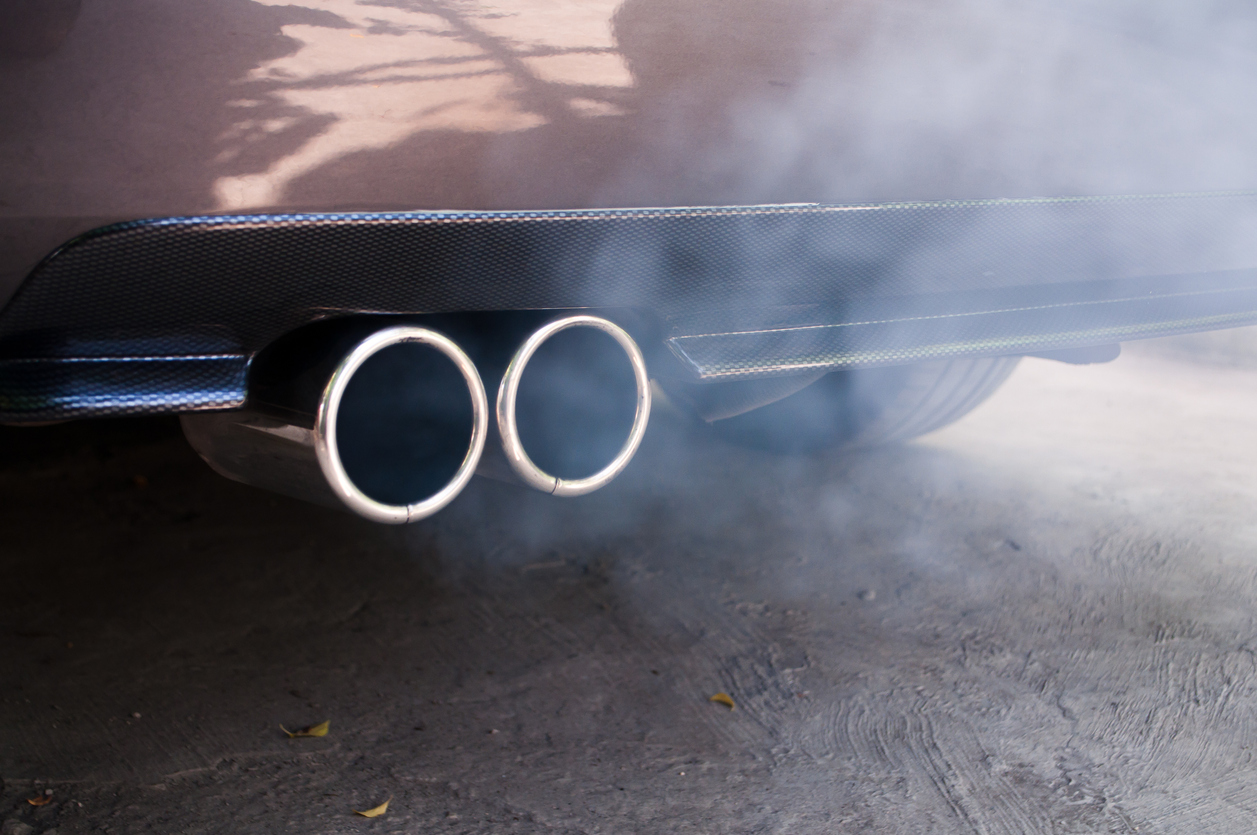When you’re feeling unwell, you typically visit a doctor for an examination and a prescription to help you recover.
Similarly, when your car is “feeling under the weather,” it will show signs of trouble. One of the most common indicators of engine issues is exhaust smoke.
The colour of the smoke coming from your car’s exhaust can tell you a lot about its health. When your car is running smoothly, exhaust emissions should be nearly invisible.
If you can see smoke, it likely points to a significant problem that will require the attention of an experienced auto technician.
While exhaust smoke often signals a serious issue with your vehicle, there is a silver lining: the colour of the smoke can help pinpoint the problem, leading to a faster and more accurate diagnosis.
In this article, we will go through how the colour of the exhaust smoke can provide clues about the potential causes of engine trouble.
Signs of Engine Trouble Based on Exhaust Smoke Colour:
Blue Smoke
Blue smoke typically indicates that the engine is burning oil. This is often caused by worn valve guide seals or piston rings.
Valve seals generally fail due to improper clearance between the valve and the valve guide in the cylinder head.
When this gap becomes too wide, the valve can “rock” back and forth, eventually wearing out the seal.
Although less common, failed piston rings can also cause blue smoke, but this issue is rarer than problems with valve guide seals.

White Smoke
White smoke often suggests the presence of water in the exhaust at startup, which is usually due to condensation forming within the car’s exhaust system.
If the white smoke persists, it could mean that coolant is being burned. To diagnose this, check the oil using the dipstick. If the oil appears milky, resembling mayonnaise, it’s a sign that the head gasket may be cracked.
Black Smoke
Black smoke indicates that the engine is burning too much fuel.
In this case, it’s important to check components like the air filter, fuel injectors, fuel-pressure regulator, and other intake elements such as sensors to determine the cause of the excessive fuel consumption.
Grey Smoke
Grey smoke is harder to diagnose directly. Like blue smoke, it can suggest that the car is burning oil, but it can also point to a faulty turbocharger.
Any type of smoke from your car’s exhaust is a sign that something is wrong.
By learning to recognize these smoke signals, you can avoid costly repairs and ensure your vehicle remains in good working order.

